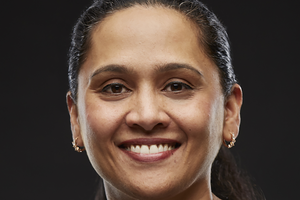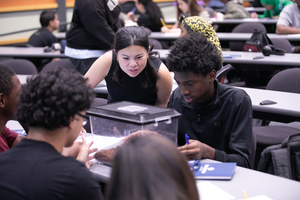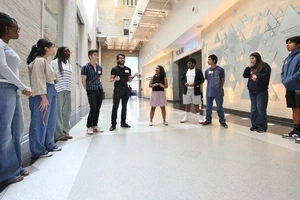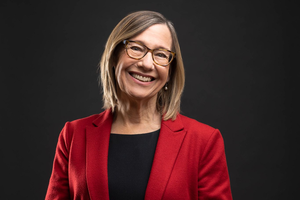Spend only a few minutes on social media and you will likely come across a dubious news story or a marketing campaign dressed up as journalism. You might have even fallen for some of these fake stories. With so many sources for news and “news,” it’s perhaps not surprising that researchers recently found 80 percent of middle school students didn’t recognize “sponsored content” on a news organization’s website as paid advertising.
Librarians are trained to research information, evaluate sources, and weigh evidence. These are now important life skills. Penn GSE’s Eleni Miltsakaki offers these suggestions for teaching students to think like a librarian.
Digital literacy is literacy
When we see written words — whether on a screen or in a book — we start reading them. It’s natural. But when we open a link online and jump right into a story, we often ignore the information around it, including who wrote the piece and where it’s hosted.
Educators need to train students to first analyze the context a story is presented online, and then look at the content itself. This is more than creating the proper citation for a research paper. It’s a life skill students will use every day.
Start with yourself
Students are often given a checklist of best practices for researching material online, but they rarely apply those lessons when they go online for other reasons. To change their behavior, educators need to model good behavior.
When you open a website in class, walk students through your process for identifying a good resource. Once you’ve done it a few times, this check only has to take a few seconds, but is a powerful reminder to students to think critically every time they go online.
Start young
Information literacy is often taught in middle or high school, when students are given research projects. That’s too late, since many children start interacting with the web on computers or phones at a young age. Once students can read, educators should be talking about how information is presented online.
For younger students, educators can start with the basics. Ask: what do you like about this website or app? What don’t you like? Explain why you think a website is a good resource or why it’s not.
Building blocks
In teaching digital literacy, educators are helping students understand that the internet is not a monolith, but a very loose collection of information, created by different people, with different levels of expertise and different motivations.
This can sound scary, but once students learn to recognize this complex web for what it is, the internet becomes an even more powerful tool. Digitally literate students will be able to think critically about what they consume online – seeing trends, biases, observing the behavior and reactions of others, and being exposed to different viewpoints.

Subscribe to the Educator's Playbook
Get the latest release of the Educator's Playbook delivered straight to your inbox.
Media Inquiries
Penn GSE Communications is here to help reporters connect with the education experts they need.









